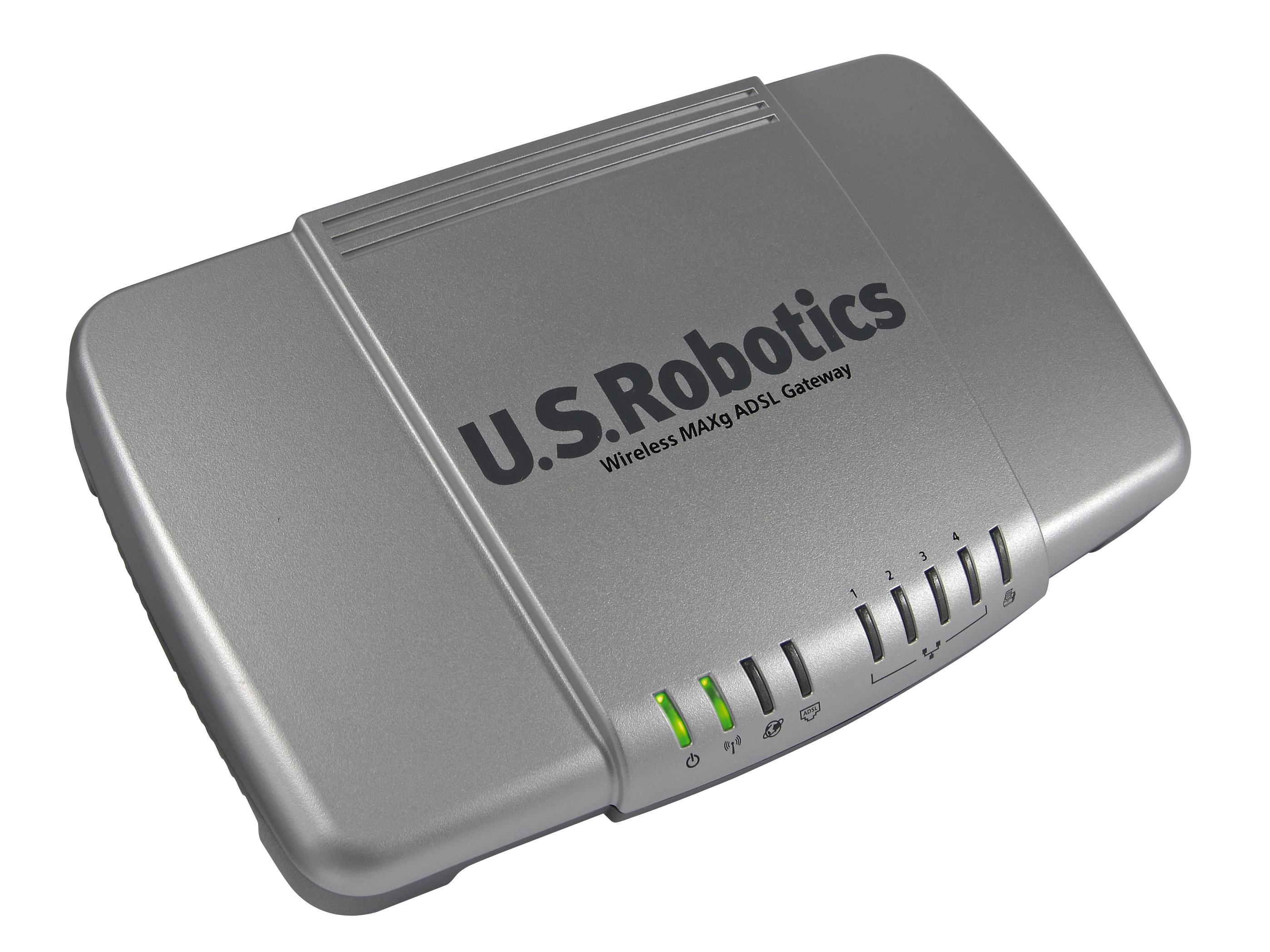TechRadar Verdict
A decent solution to your wireless range woes
Pros
- +
Feature-rich
Easy to install
Intuitive
Cons
- -
Expensive
Not the latest in wireless technology
Why you can trust TechRadar
We've seen combined ADSL modem router and USB adaptor packs before and we're still not convinced of their usefulness. Almost every laptop has built-in wireless capability, while we reckon that most desktops are usually plugged into routers rather than being wireless-enabled.
However, the inclusion of an extra adaptor could still prove useful. That's because this kit brings another technology into play: US Robotics' MAXg.
Unlike just about every other wireless manufacturer, the American firm has eschewed experimental kit based on a draft version of the new 802.11n wireless specification, instead opting to wring all the possible bandwidth and range out of the existing 802.11g wireless standard.
The company launched MAXg back in 2005, at which time it argued that the technology was cheaper than the draft-802.11n kit that everyone else was bringing out. That's at least a half-truth. What can't be denied is that MAXg does help in the one crucial area for home wireless networking: range. Ah, that old chestnut...
If you've experienced problems in the past obtaining a signal in the garden, then MAXg will certainly help. Yet there's the paradox with this kit. On the one hand it's being promoted as a starter kit, but to understand why you want it probably assumes that you're already familiar with wireless technology.
To get the most out of MAXg you'll have to connect MAXg adaptors to all of your wireless-enabled machines. If that sounds too much, as it probably will, then don't despair. The device will still extend range to your non-MAXg devices - a Centrino laptop, for example. The router is available separately for 63 pounds, so the 23 pound price premium for the MAXg USB adaptor isn't excessive.
Improved interface
There's still a problem with the cost, but it lies with the 63 pounds portion instead. Seeing that most 802.11g-based wireless kit is now as common as a Starbucks coffee bar, the competition is red hot and prices are falling. For example, you can now purchase an 802.11g ADSL modem router for less than 40 pounds from Amazon.
So it's a good job that USR has upped its game in other areas. As far as setup goes, things have vastly improved compared to older USR kit. Within the EasyConfigurator, select UK and your ISP, and away you go. If you don't have a big name ADSL ISP, don't worry, the router will just attempt to use the most common settings. It can't be underestimated how much of a step forward this is for USR in terms of usability.
The bad news, if there should be any, is that we've seen it before in other kit and it's long overdue an appearance here. The instruction manuals and installation CDs for the kit are also separate for the router and USB adaptor, as if to emphasise that there are two things being sold together rather than a single entity.
The router is fairly feature-heavy. As well as the usual four wired Ethernet ports at the back of the router, there's also a USB port for print sharing. Then there's support for new standards such as WPA2 security and ADSL2.
Whether you should buy this kit depends on whether you need the extra range provided by it and, indeed, whether you need the USB adaptor. If you want just a bit of extra range then buy the router on its own instead and save yourself the extra 20 pounds.
Tech.co.uk was the former name of TechRadar.com. Its staff were at the forefront of the digital publishing revolution, and spearheaded the move to bring consumer technology journalism to its natural home – online. Many of the current TechRadar staff started life a Tech.co.uk staff writer, covering everything from the emerging smartphone market to the evolving market of personal computers. Think of it as the building blocks of the TechRadar you love today.
